The Encyclopedia of Pieced Quilt Patterns is 522 pages of quilty goodness with 4,000+ blocks to inspire your next quilting project! The book is primarily a reference on how to identify quilt blocks. Curious how to use the book to identify a quilt pattern? Let’s step through an example using an antique block found at an estate sale.
Here is a photo of the block I’m trying to identify:
Key for Locating Patterns
The Key for Locating Patterns starts on page 7 of the Encyclopedia. Step 1 asks if the pieces are not organized in square blocks. This block is square, so we can move on to the next step.
Step 2 asks if the block is a Medallion, Two or Three Block, or a Block with a Sashing set. None of those apply to this block. Moving on!
When I get to Step 3, I can start working my way through the listed characteristics until I find a construction similar to my block.
On page 9 I’ve found a good match for this block.
Now that I’ve found my match, it tells me to go to the Nine X chapter on page 308. There, I find a new set of steps in the Pattern Category Key to work through to narrow down the search.
Pattern Category Key
Step 1 on page 308 tells me that if the block is intersected from corner to corner by four diagonal seams forming an X, I should move to Step 2. Will do!
Step 2 asks for more details about the X in the block. I think this block fits the last option best. It tells me to turn to page 319. This leads me to the Like an X section and I can start looking for the block that best matches the antique!
Note: The last two illustrations under Step 2 are pretty similar and it may be difficult to determine which best fits your block. You may need to check both sections. But what’s the harm in looking at more quilt blocks?! ![]()
After a little bit of perusing, I find block 2902 and I think we’ve hit the jackpot!
When I look at the block number in the column on the right, I can find the names that Barbara found for this block and the publications in which the block appeared. The colored versions of the blocks match the light/medium/dark values that Barbara used in her original drawings.
Photo of the original Encyclopedia showing Barbara’s hand drawings for each block.
Why is it important to find the name(s) for a particular block?
The name of a block can change over time. And the same block can be known by different names. One quilter might call a block Snail’s Trail, while another quilter may call the same block a Monkey Wrench. They’re both right! This is why Barbara choose to assign ID numbers to each block, rather simply picking one of the names a block was published under.
If you can find several names for the same block, it gives you options to find out more info about the block. You can find ideas for quilts using the block, or tutorials written for the block online. In other words, you can Google it!
Another reason to search out your blocks….
By tracking down the section of the book the block comes from, you’ll find other blocks that work well with your block. Here’s sampler quilt using block 2902 and three other blocks from the Like an X section:
See more in our preview video!
Order now!
Hear from Barbara herself!
Barbara explains how it all got started! Click to view the video on our YouTube channel.



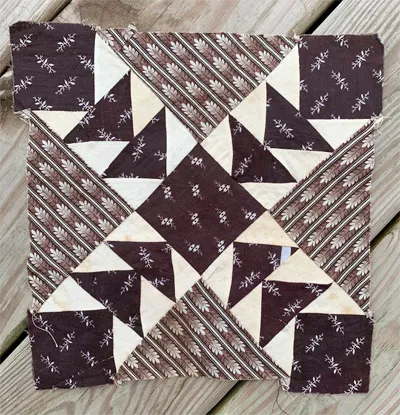
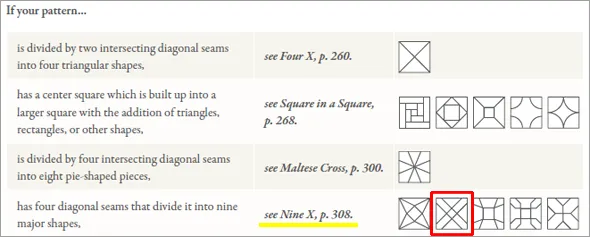
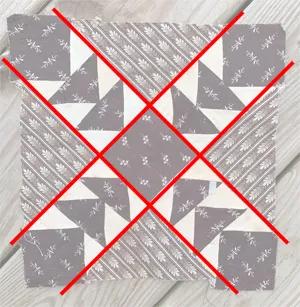
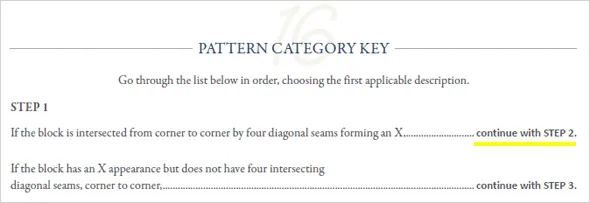


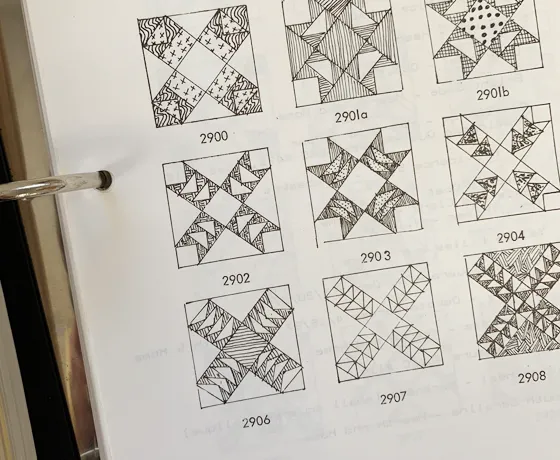
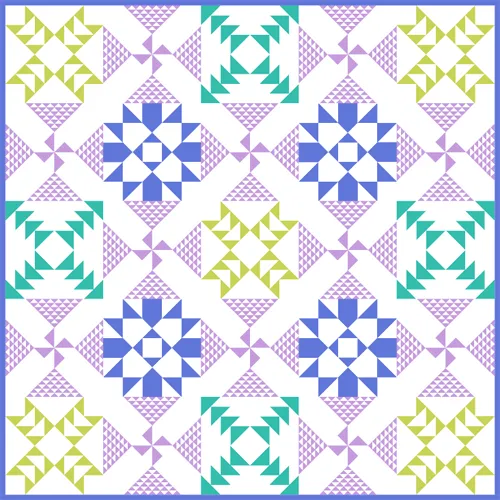



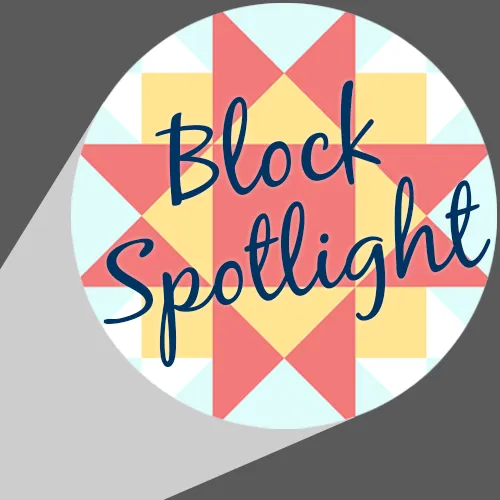
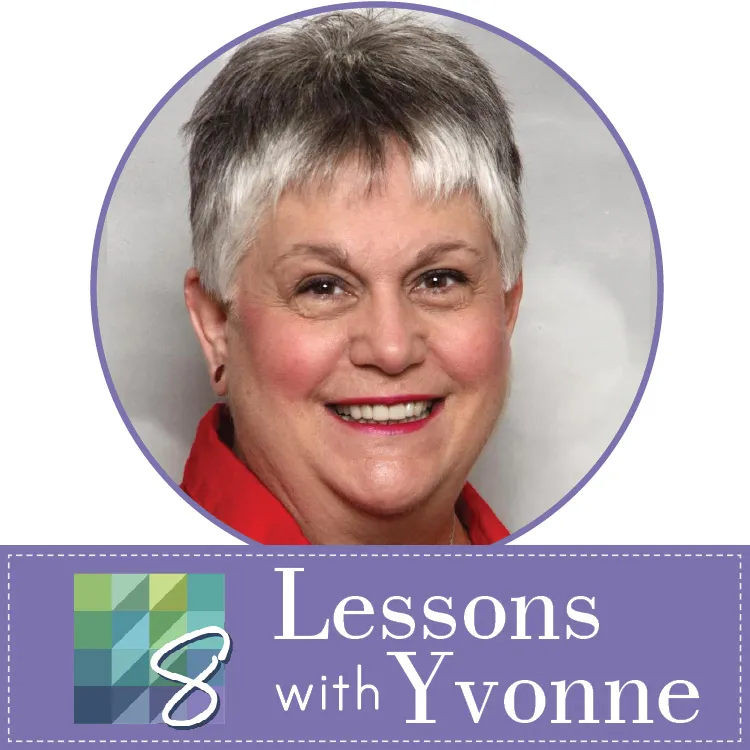

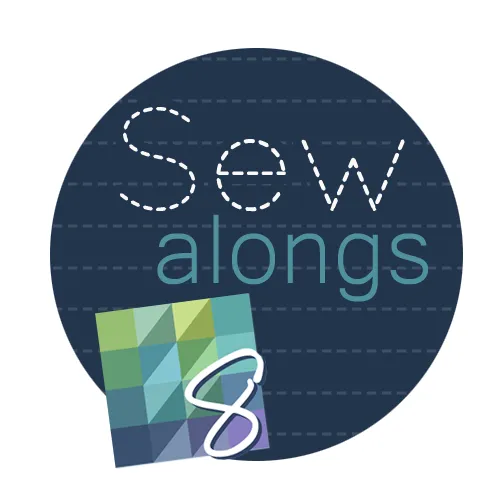
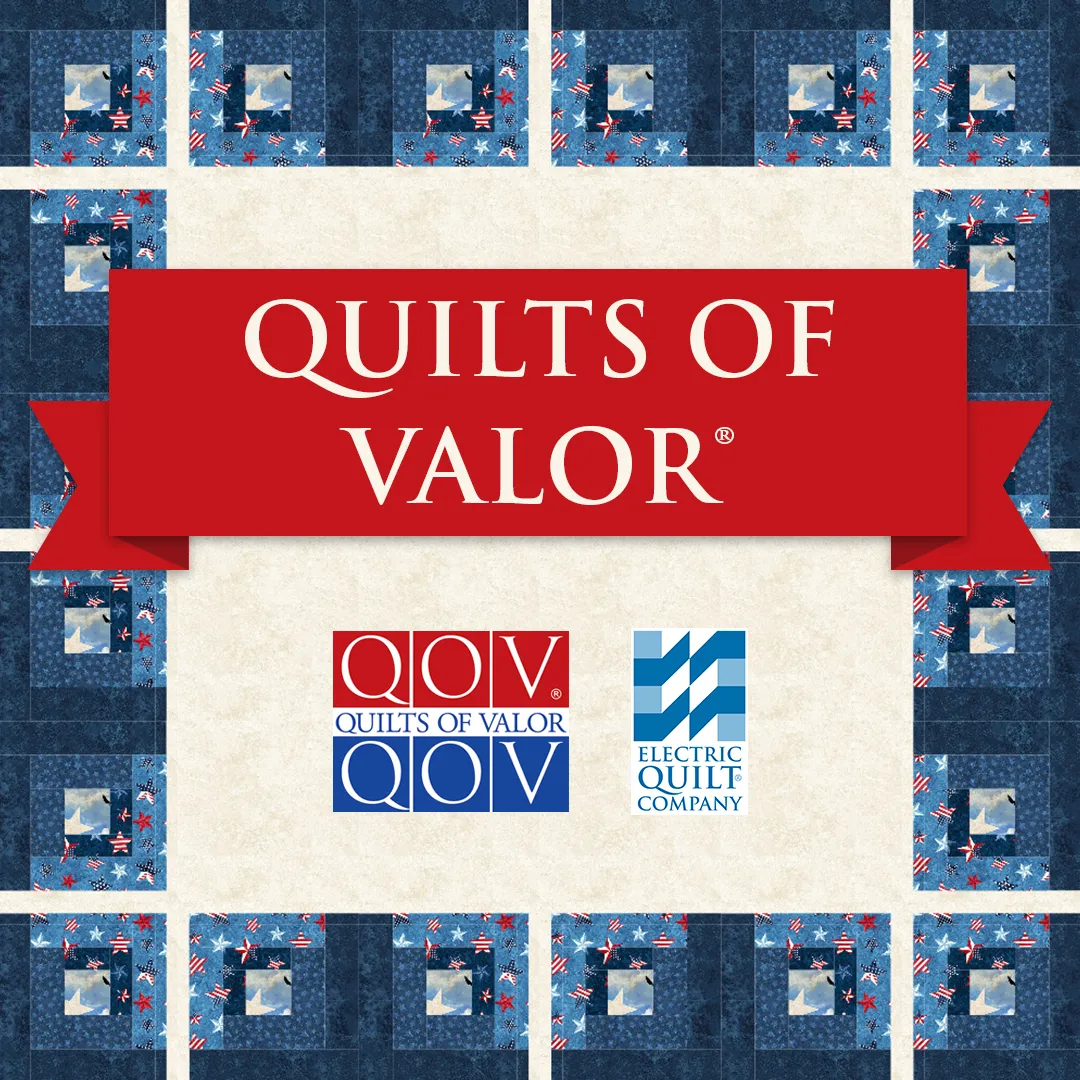
11-10-2020
12:33 pm
The book looks great and I went to order it. But with the exchanges to Canadian it would be about $125.00. Shipping was over $50.00. So I declined on the book.
11-10-2020
12:40 pm
Hi Valerie,
As with all our shippable products, any destination outside of the U.S. using any carrier, is extremely expensive for our small company. This book is no exception at 4 pounds. Be aware that we will be shipping to our distributors and wholesalers at our earliest opportunity. We urge you to ask for this book at your local quilt shop or preferred online reseller. We anticipate that you will have several options available for purchasing in the future. Many of these international options will be better than what we can offer directly from our website. Thanks for your interest!
11-22-2020
11:14 am
What is the Block Base mentioned with this book? Is that the Block Library containing the patterns in the book?
Will there be a fabric packet with antique replication fabrics sorted by time periods to go along with this set?
11-23-2020
12:57 pm
Hi Pam,
BlockBase is the software version of the book that you can use to print the templates, rotary cutting charts or foundations for the blocks in the book (at any size!). You can read more about BlockBase here: https://electricquilt.com/online-shop/blockbase/
01-06-2021
1:25 pm
Hola! I live in Buenos Aires Argentina. Is it on PDF? As I have read the book is 4 pounds weight. Very expensive for me plus the cost of the book. Can you answer me? Gracias!
01-06-2021
1:29 pm
Hi Patricia,
We do not have a digital version of the Encyclopedia. However, you could consider purchasing the BlockBase+ software as an alternative. The software includes all the blocks that are in the book, and it will be available as a download when it is released later this year.
More info: https://electricquilt.com/online-shop/blockbase/
11-26-2022
1:19 pm
Hi: Thank you, learn something new, because I hadn’t heard about an encyclopedia for quilt block names. I am going to make one different block to understand more about the process, so appreciate there is a resource I can turn to. Happy holidays.
01-23-2023
9:26 pm
Trying to identify a pattern of a quilt on pintrest. No one knows anything. Pls help
04-23-2024
7:07 pm
Have the book, Edition 3rd